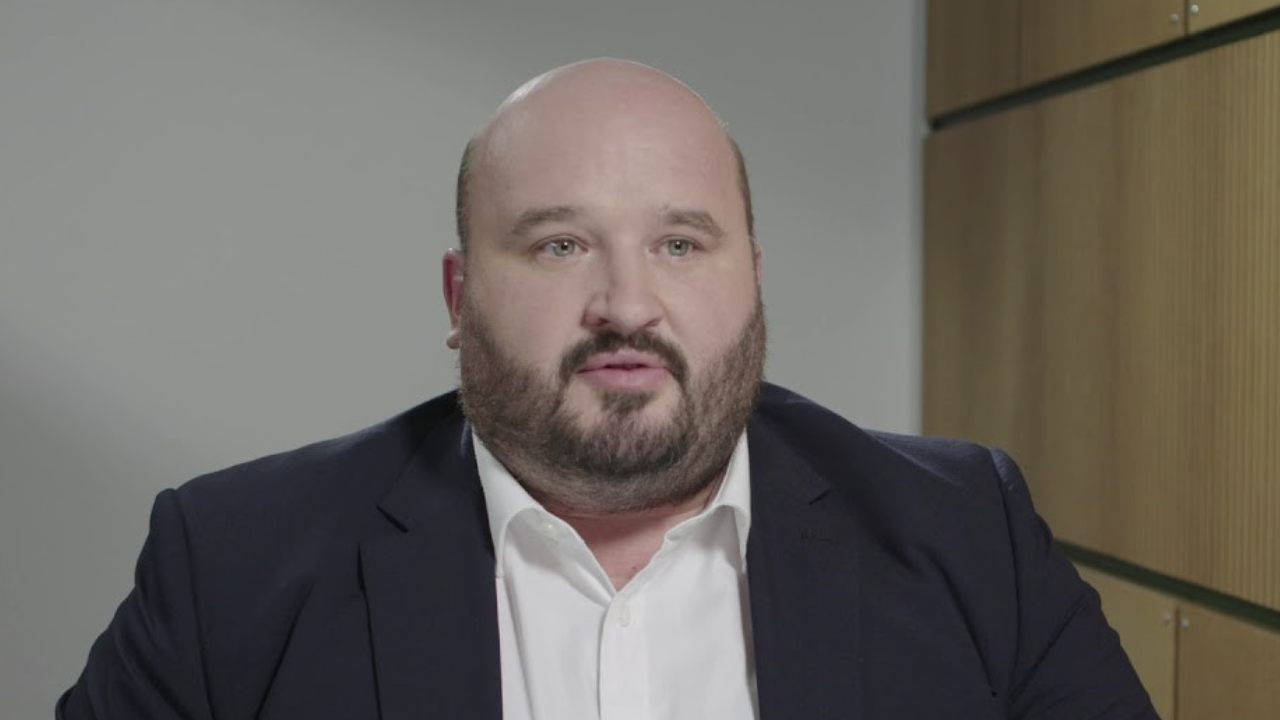
IIGCC’s firm warning to oil and gas firms: New net zero standard ‘not easy to meet’
IIGCC's Adam Matthews explained the ‘tough standard’ looks to hold oil firms to account while acknowledging transition challenges
Yesterday, the Institutional Investors Group on Climate Change (IIGCC) launched a new framework for investors to assess alignment of oil and gas companies’ transition plans with a 1.5oC climate scenario.
The framework should help inform investors’ corporate engagement priorities and escalation strategies, and help them to better understand the transition risk in their portfolios, according to the IIGCC.
Explaining the new standard in more detail, Adam Matthews, co-chair of corporate programmes at the IIGCC, said: “This is a tough standard clearly setting out the public disclosures needed to enable investors to understand the nuance of a company transition plan, including winding down as a legitimate strategy."
He warned: "It will not be easy to meet and indeed is not designed to be from day one - but is a standard companies should commit to and strive to achieve."
Matthews, who is also chief responsible investment officer at the Church of England Pensions Board, added that “the standard levels the disclosure playing field and will distinguish between those genuinely seeking to transition and those that are not." In turn this will serve to support investors understanding of risk within their holdings.”
Metrics
In total, there are 90 metrics used in IIGCC’s oil and gas framework, ranging from measurement of short term emissions targets, a comprehensive decarbonisation strategy, and disclosures in areas such as methane emission.
The framework is designed to complement the sector-neutral Climate Action 100+ Company Benchmark, with the IIGCC publishing the standard’s initial public assessments of the largest oil and gas companies across Europe and North America expected in late 2023.
The standard levels the disclosure playing field and will distinguish between those genuinely seeking to transition and those that are not.
The publication of the standard follows a two year process led by IIGCC with support from the Transition Pathway Initiative, investors and regional investor groups.
Provisional indicators were published in September 2021 and subsequently tested in a pilot study covering five major European oil and gas companies; BP, Eni, Repsol, Shell and TotalEnergies.
Recent setbacks to net zero targets
On the release of the standard, Matthews stated that the Russian invasion of Ukraine had impacted the net zero goals of the oil and gas sector.
He claimed that while energy security needs have meant short term adjustments to approaches, the “allure of the short term war profit” has led to some firms back pulling back from the mandates that they had been given by shareholders in transition plan votes at previous AGMs.
While Matthews did not mention BP by name, the firm received criticism last year for revising its net zero planning after shareholder approval of its climate plans, following record profits for the firm amid high natural gas prices.
There is a misalignment of motivations and drivers that some are seeking to exploit.
Matthews also called out the seeming discrepancy between the pressures put on listed companies compared to State Owned Enterprises when it comes to the emissions of oil and gas industry.
An example of an SOE currently targeted by the CA100+ in Asia is Saudi Aramco, the state oil and gas firm and one of the largest firms in the world by revenue.
While the initiative is continuing to engage with the firm, Aramco has not met any of the initiative’s ten goals including a net zero by 2050 target or decarbonisation strategy.
“We are at a cross roads in the transition and how investors engage with the short term and longer term. There is a misalignment of motivations and drivers that some are seeking to exploit and play off against each other”, said Matthews.
Last month the IIGCC launched a new project to support investors aligning their portfolios with the goals of the Paris Agreement.
The so-called Net Zero Engagement Initiative, which includes 93 participating investors, will develop an engagement strategy for each company, the IIGCC said.




